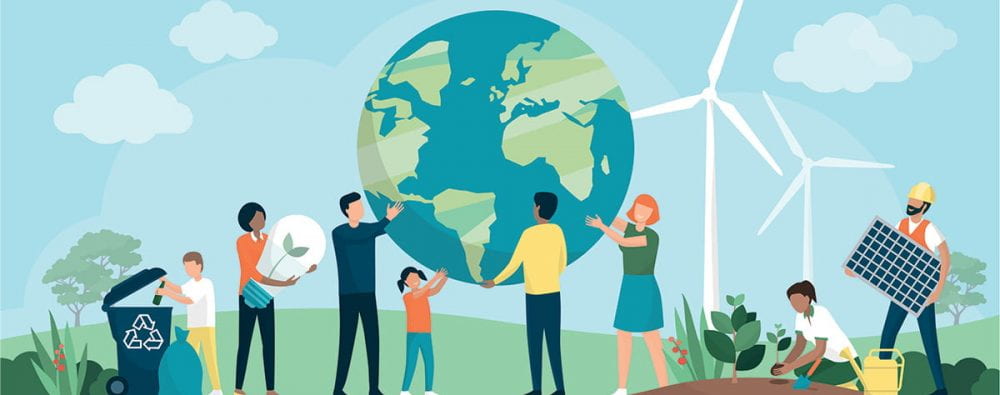Happy 51st Earth Day, Envirojunkies! As we begin to celebrate our beautiful Earth today, let’s take a moment to reflect upon some Earth Day history. Lately our country has felt somewhat divided politically, rarely finding a middle ground on issues. However, Earth Day was conceived as a unified movement made between a Democratic and a Replublican Senator. In 1970, Senator Gaylord Nelson (D) and Senator Pete McCloskey (R), worked together to create a globally recognized holiday to raise awareness and celebrate the Earth. April 22nd, a day in between spring break and finals season, was chosen because student involvement would be at its highest. It wasn’t until 1990 that Earth Day became a global event, allowing environmental issues to finally be recognized in governments around the World. Now, in 2021, over a billion people spread out in over 193 countries will join in the celebrate Earth Day Festivities. Here are some cheap and easy ways to celebrate Earth Day while making an impact.
Turn Off
Since the pandemic, we are now more than ever engulfed by technology. Most weekdays, I spend around 4 hours on Zoom, and then I check my phone during breaks between classes. After class I leave to babysit, which is the only few hours that I get to spend outside without my phone. When I come home, I am usually so exhausted from the day that I turn on the Tv so I can tune out. This type of routine is so typical for people now, that we don’t realize really how out of touch we are becoming to nature. I cherish those few hours I spend outside just listening to the birds, and feeling the sun and wind on my face.
This Earth Day, I challenge you to turn off your computer, phone, lights, and fan (if possible) and go outside. If you can, try leaving your phone at home so you can pay attention to all that is around you. Look down and notice the hustle and bustle of the ecosystem we have drifted so far from. Look up to notice all the animals that thrive in the trees. Each time you allow yourself to turn off your devices and tune into nature, the more you will notice and appreciate the ecosystem your community supports.
Tune In
The term meditation might sound overwhelming for some people. However, meditation has numerous health benefits. Meditation can lower blood pressure, reduce stress, and have a positive impact on your cardiovascular health. Studies have even shown that daily meditation can even improve your mood as much as an antidepressant. Sometimes breathing meditation can be hard when the mind is so chaotic, but here is a way to incorporate meditation into your Earth Day walk. Being mindful of your surroundings while on a walk around the neighborhood IS meditation, and can further your connectedness with nature.
Pick Up
While you’re enjoying this nature walk by really tuning into the present moment, pick up any trash you might see along the way. Once you tune into all that nature has to offer, you will realize how much you were consumed by technology. As humans, we consume, consume, and consume some more.. So give back to our Earth that gives us so much, and pick up even a few pieces of trash along the way. Once you give yourself some responsibility for the up-keep of our Planet, you won’t want to stop!
Reach out to us on Twitter or Instagram and let us know what you did Earth Day 2021!
